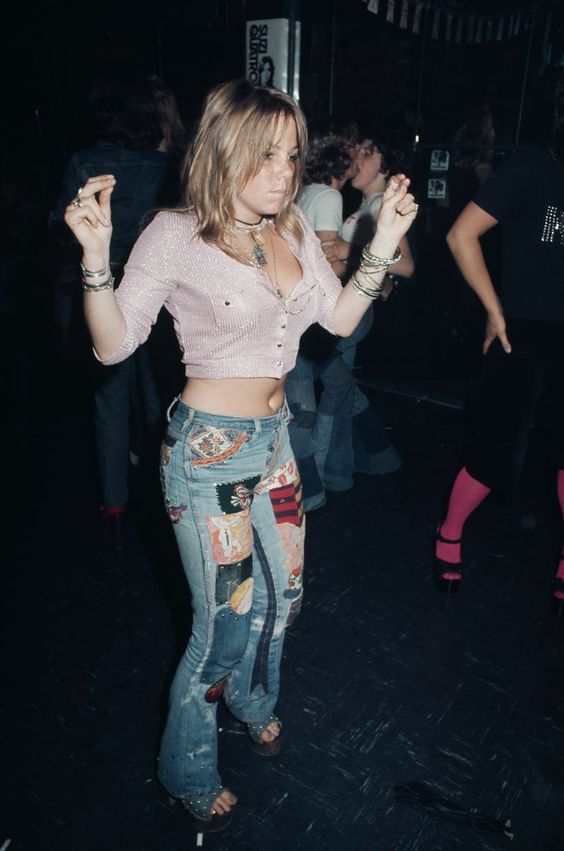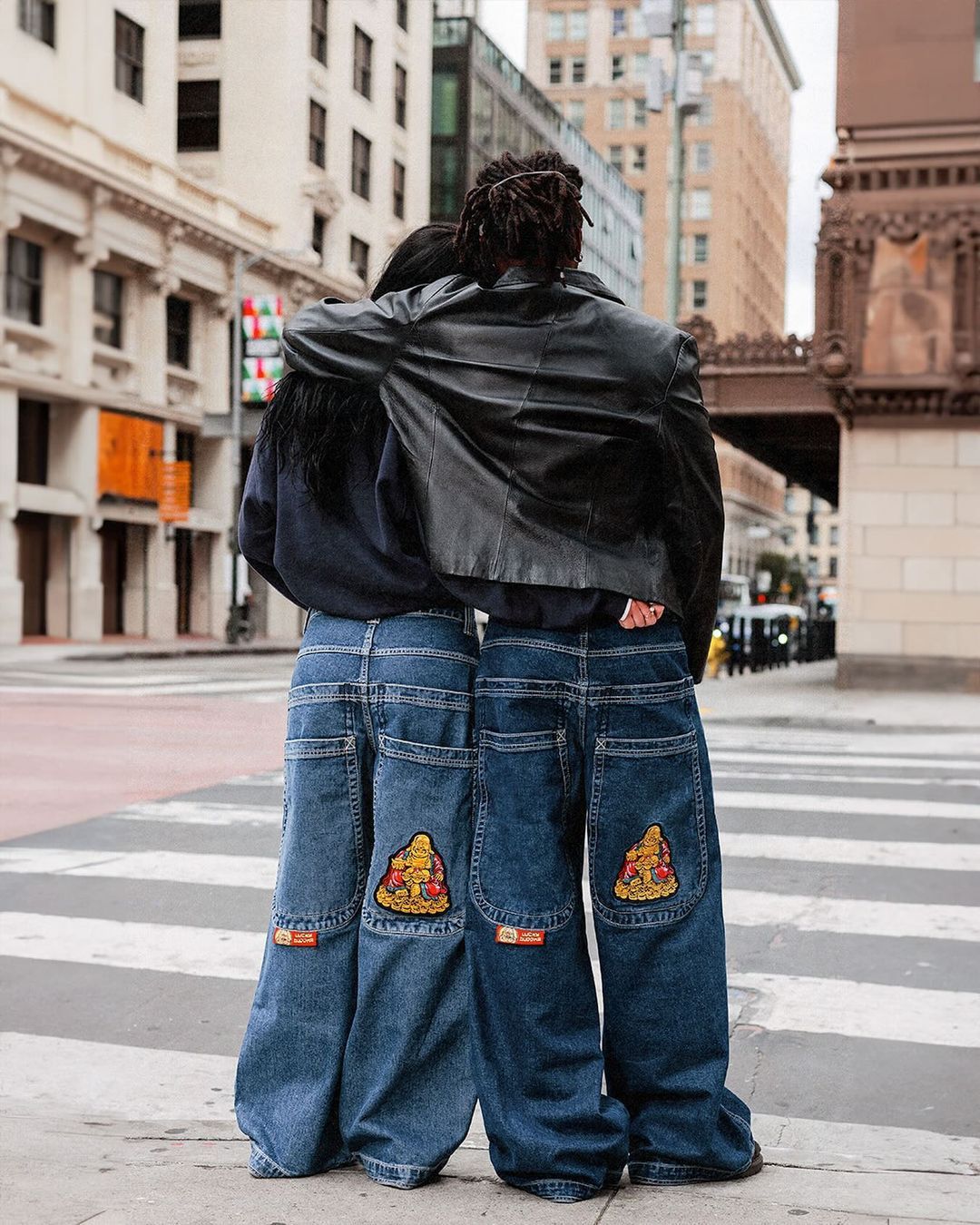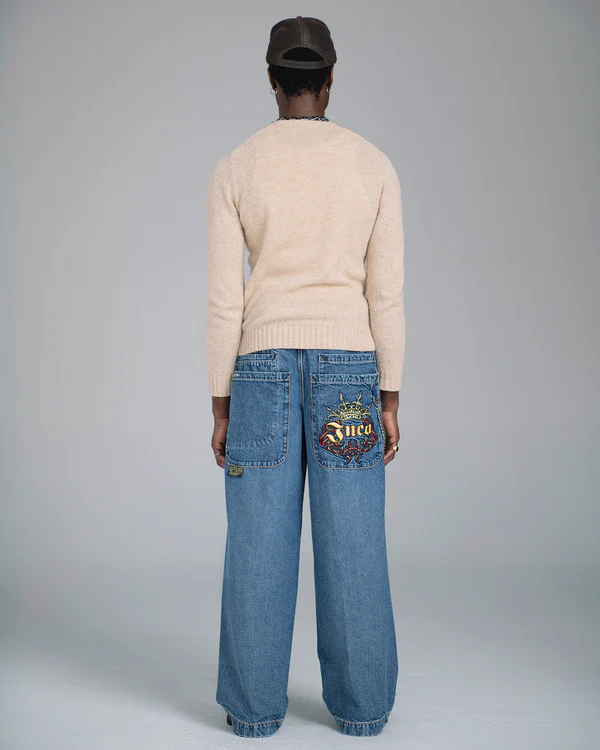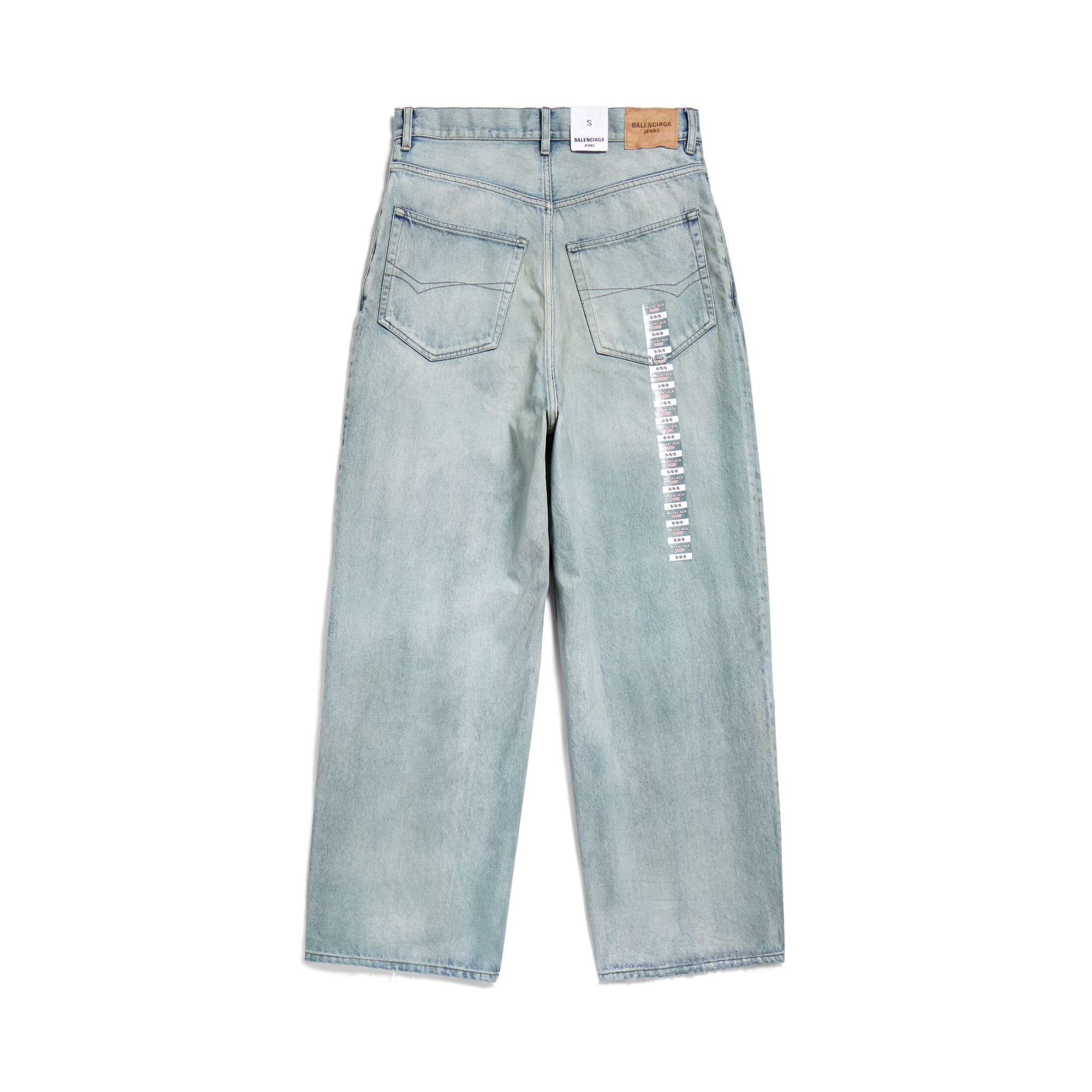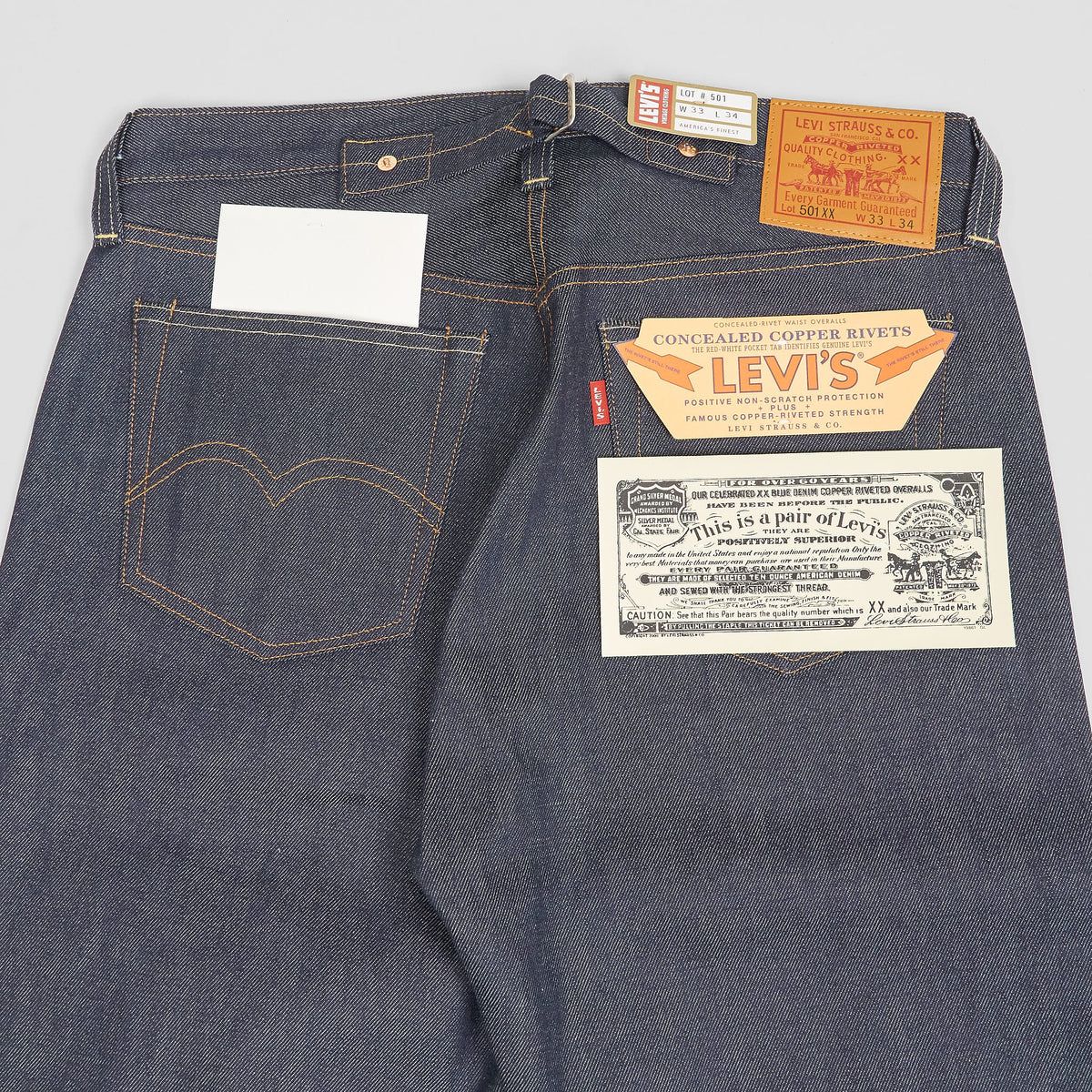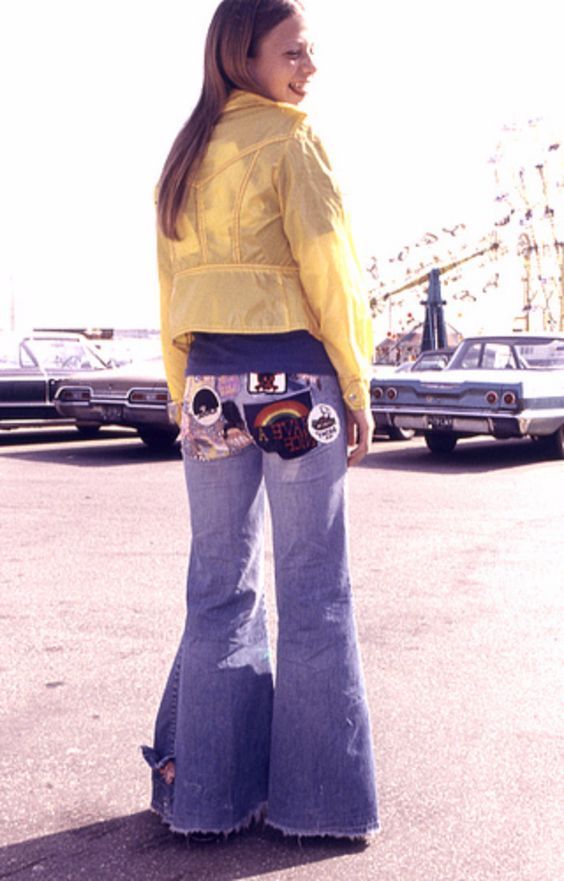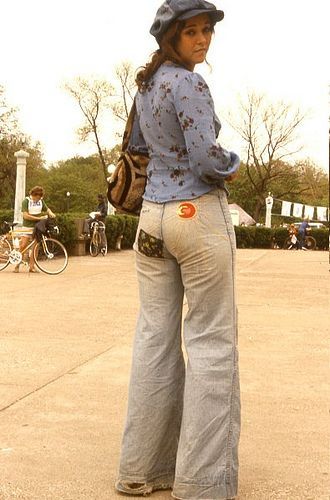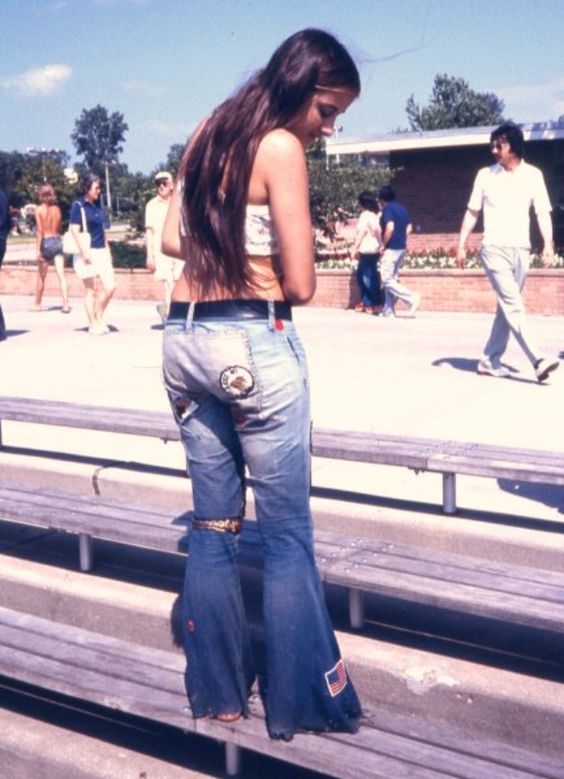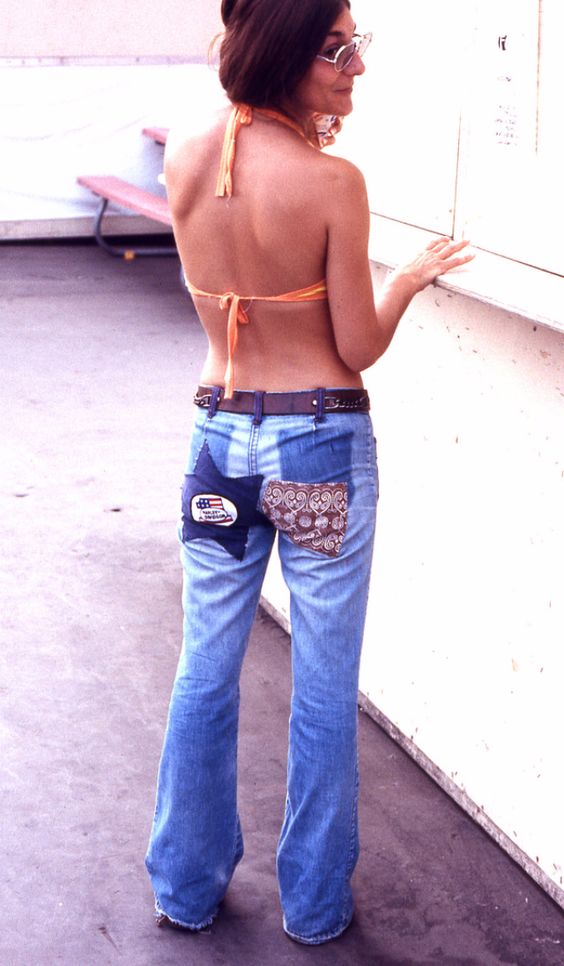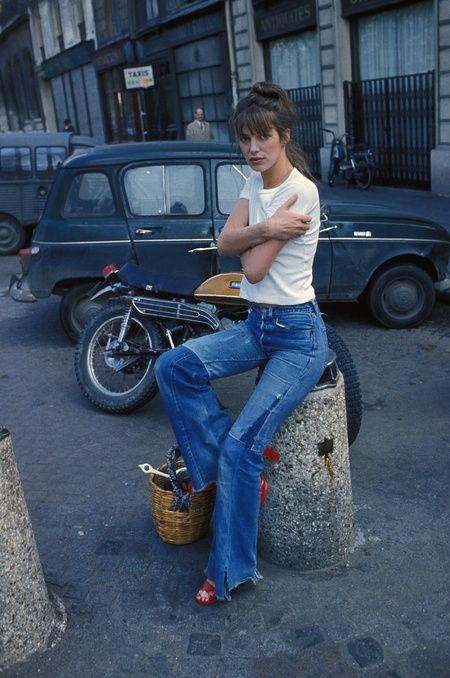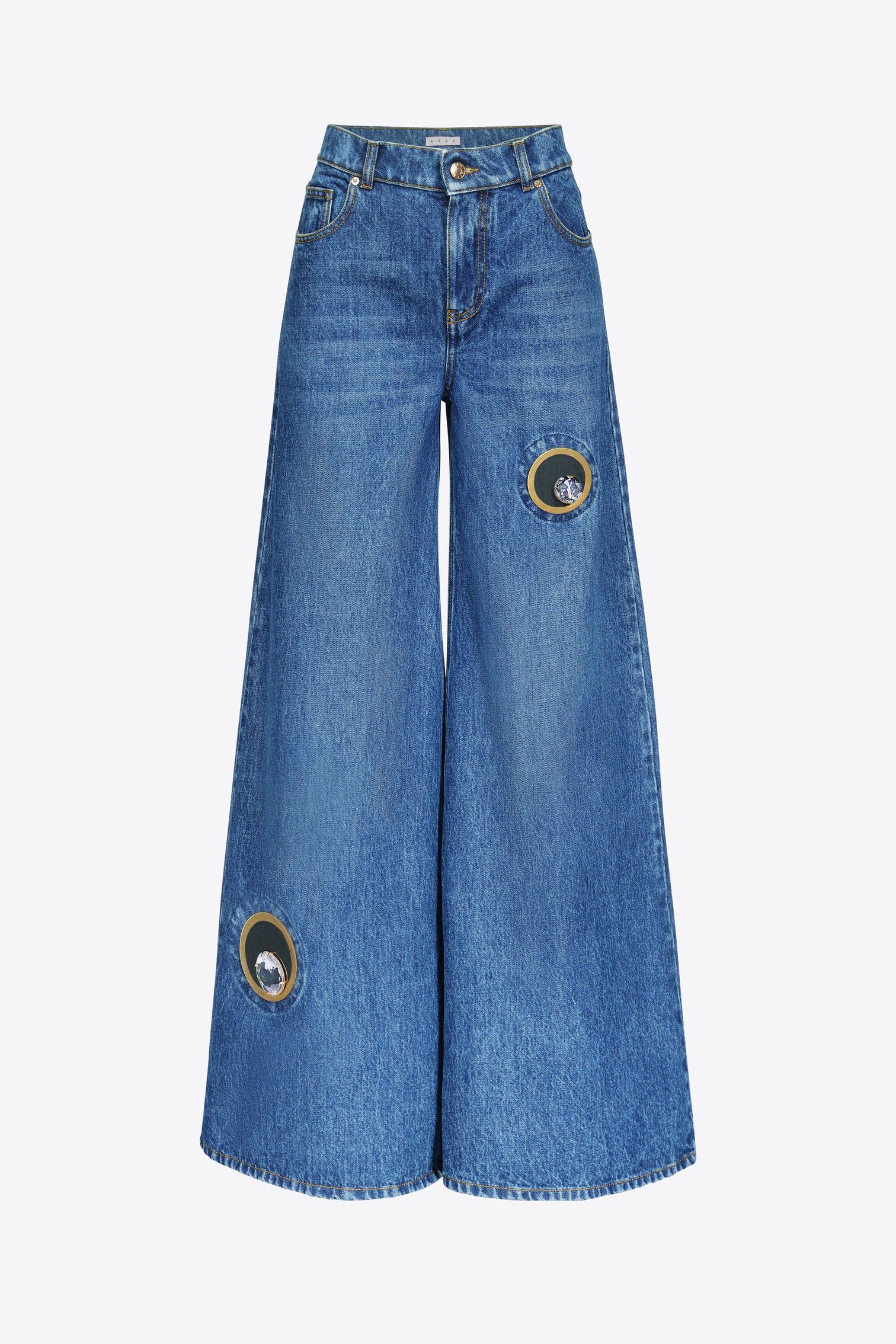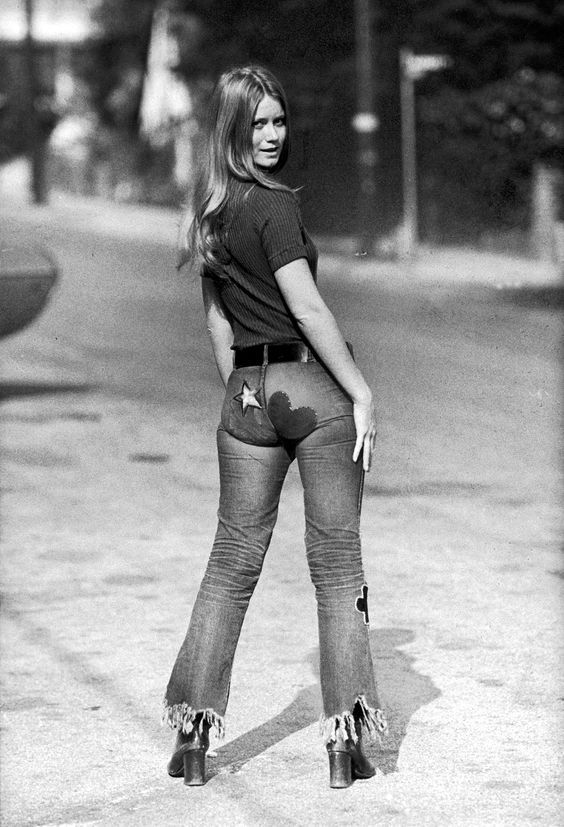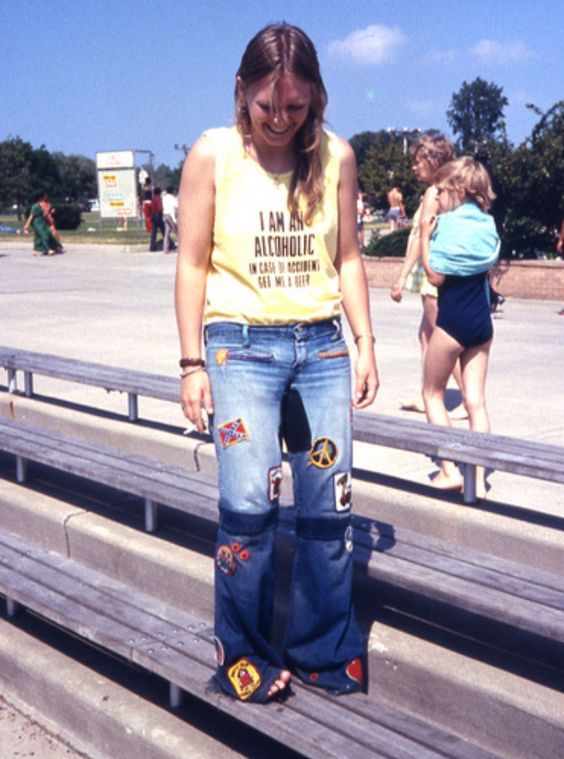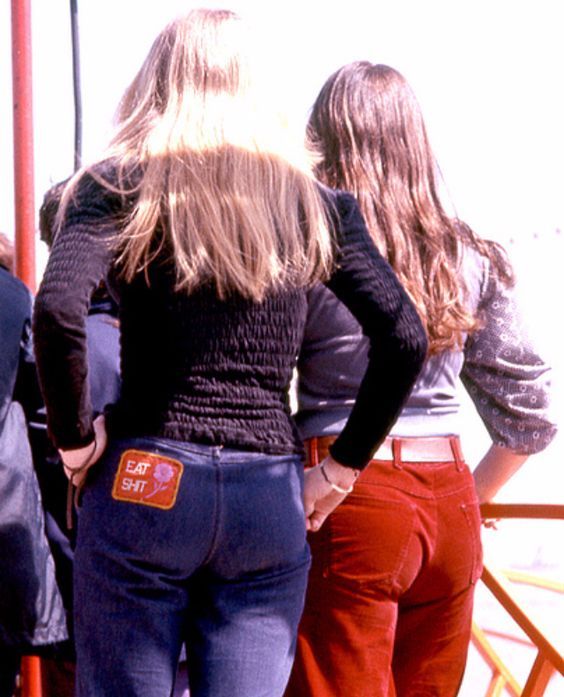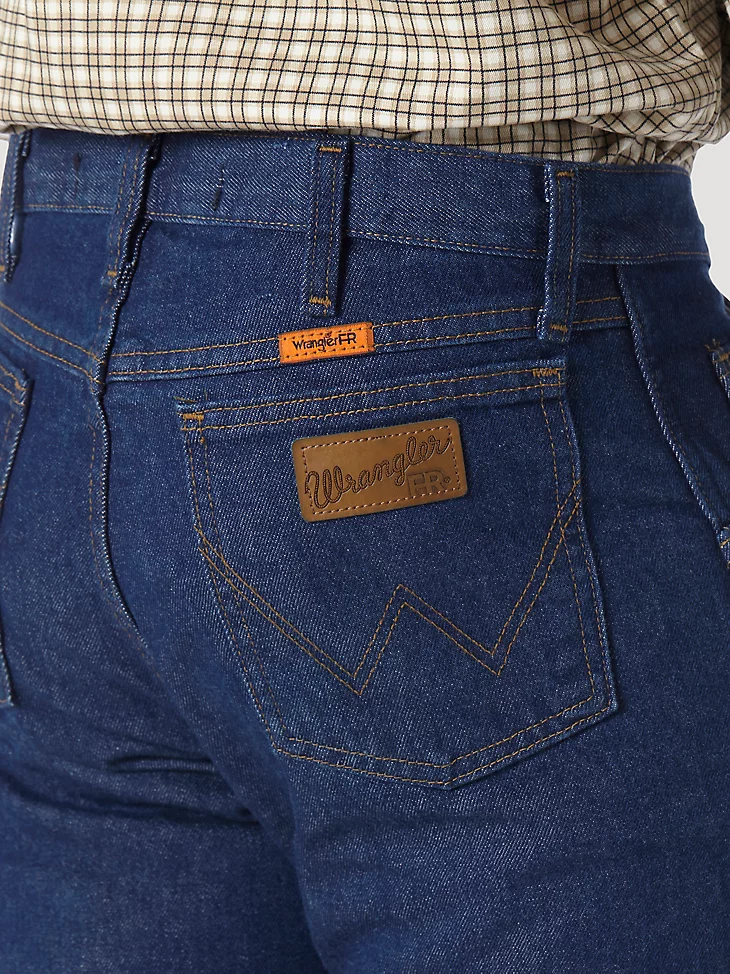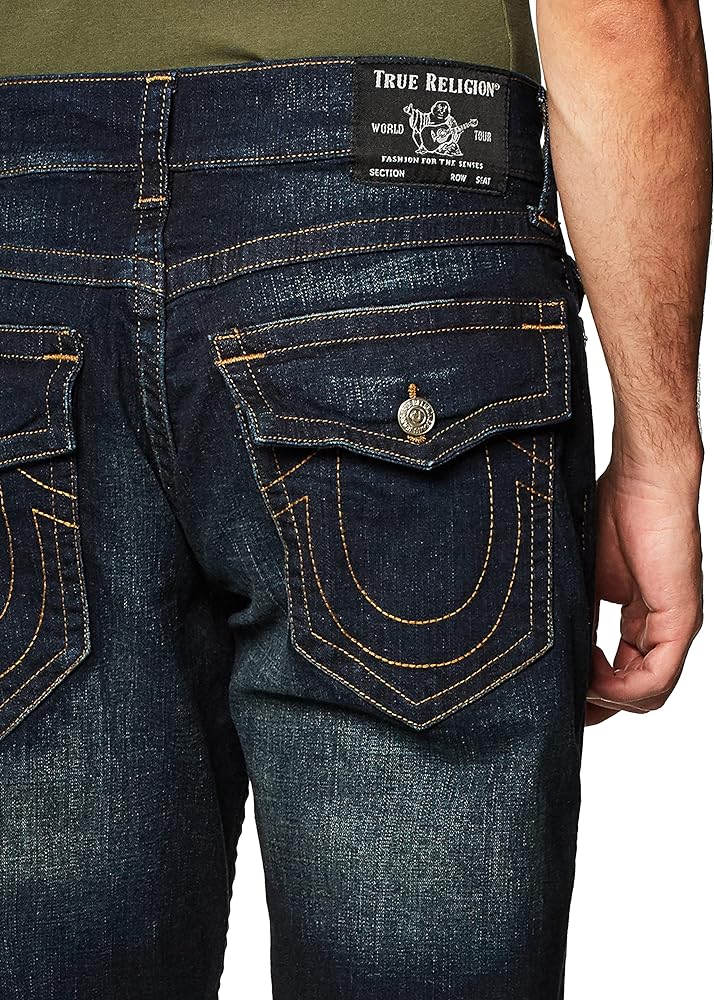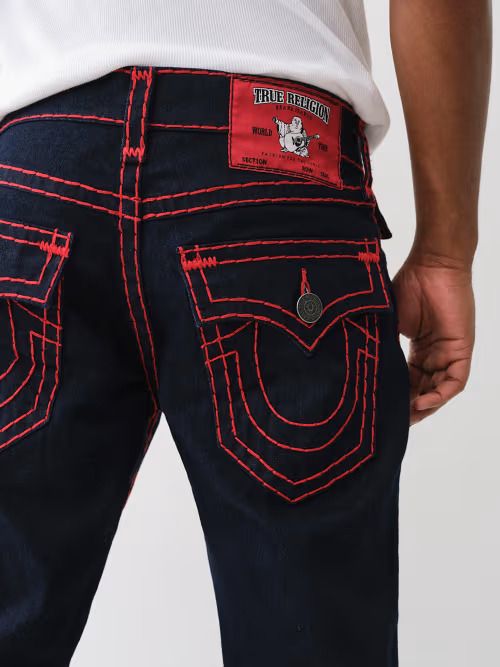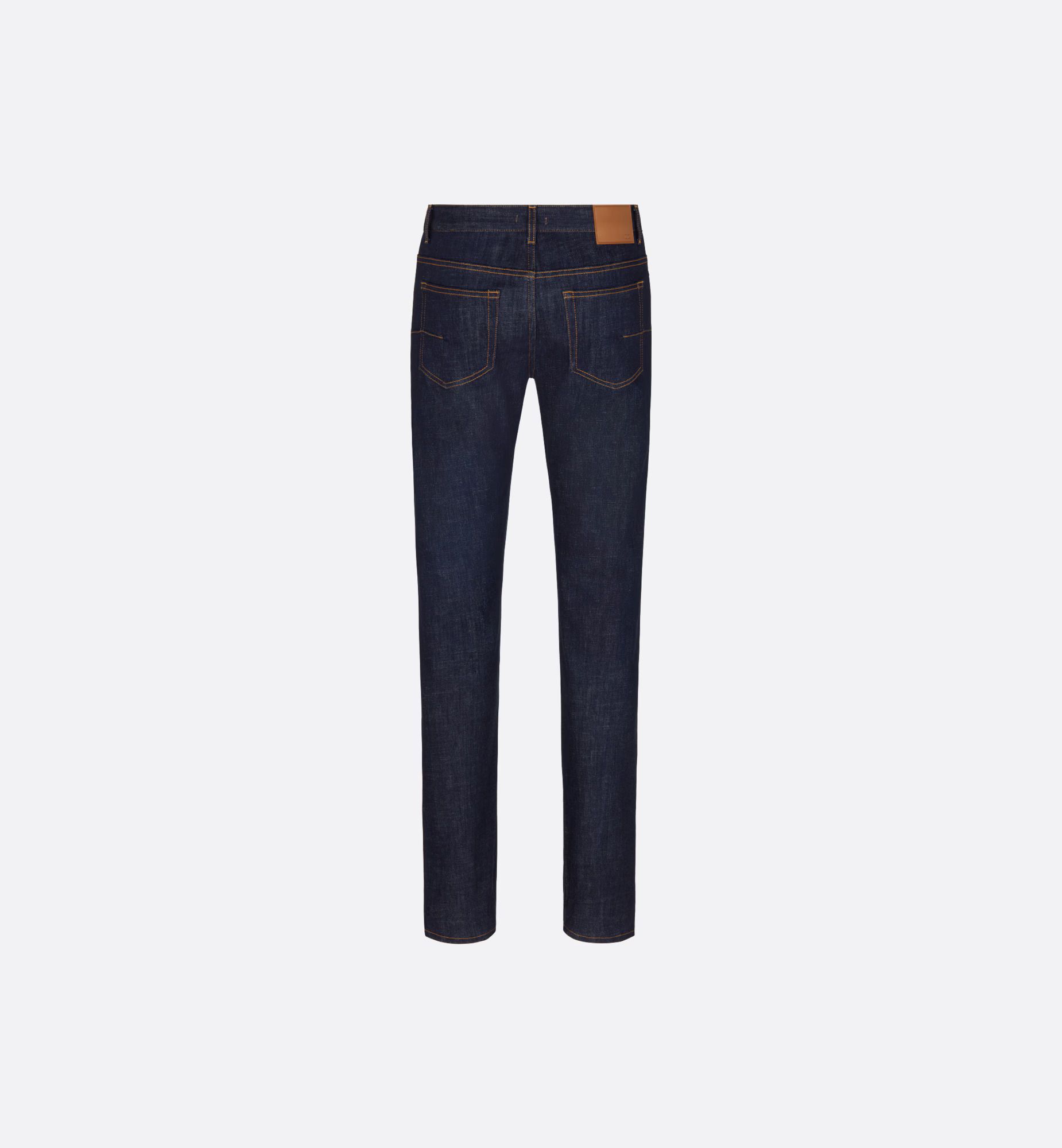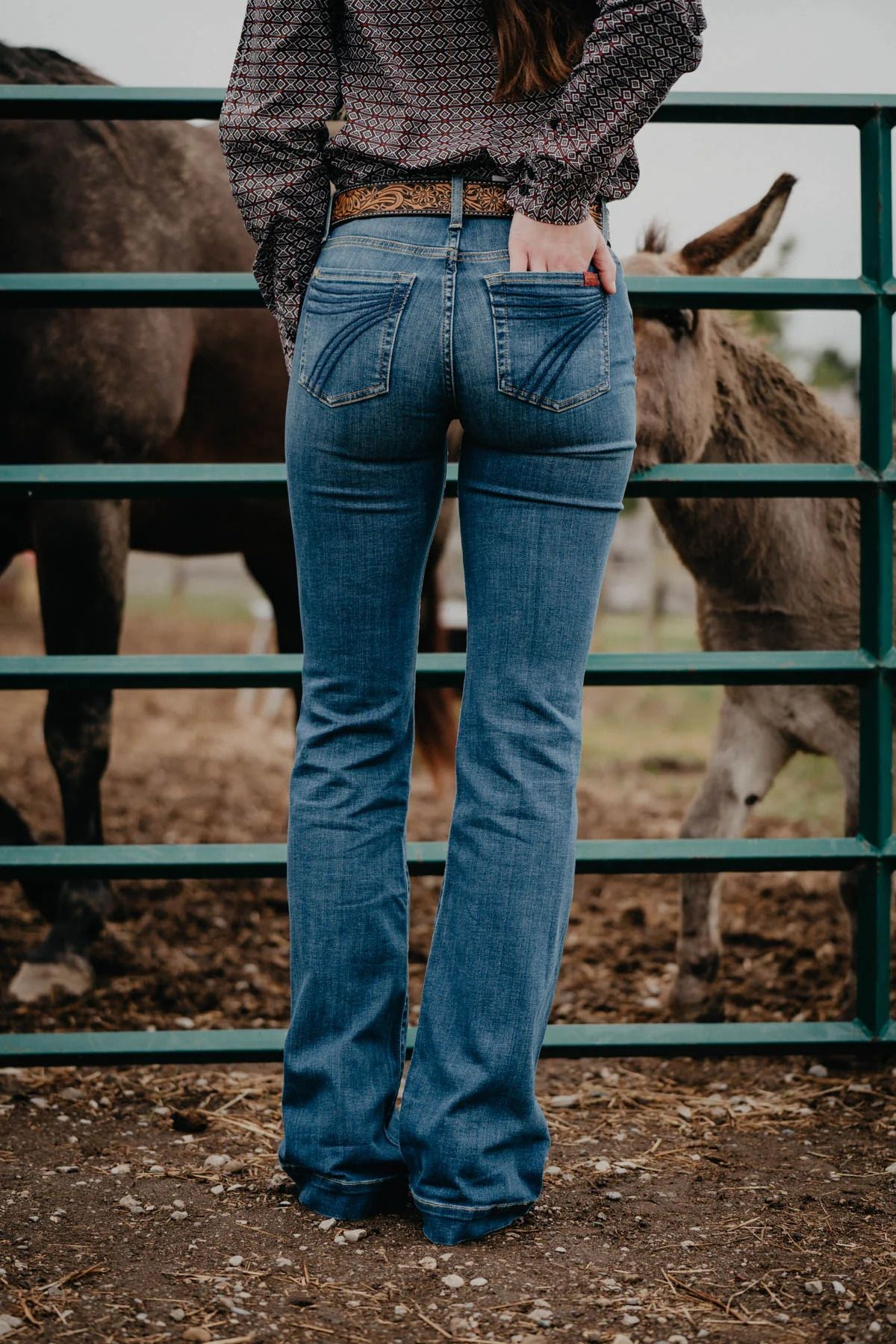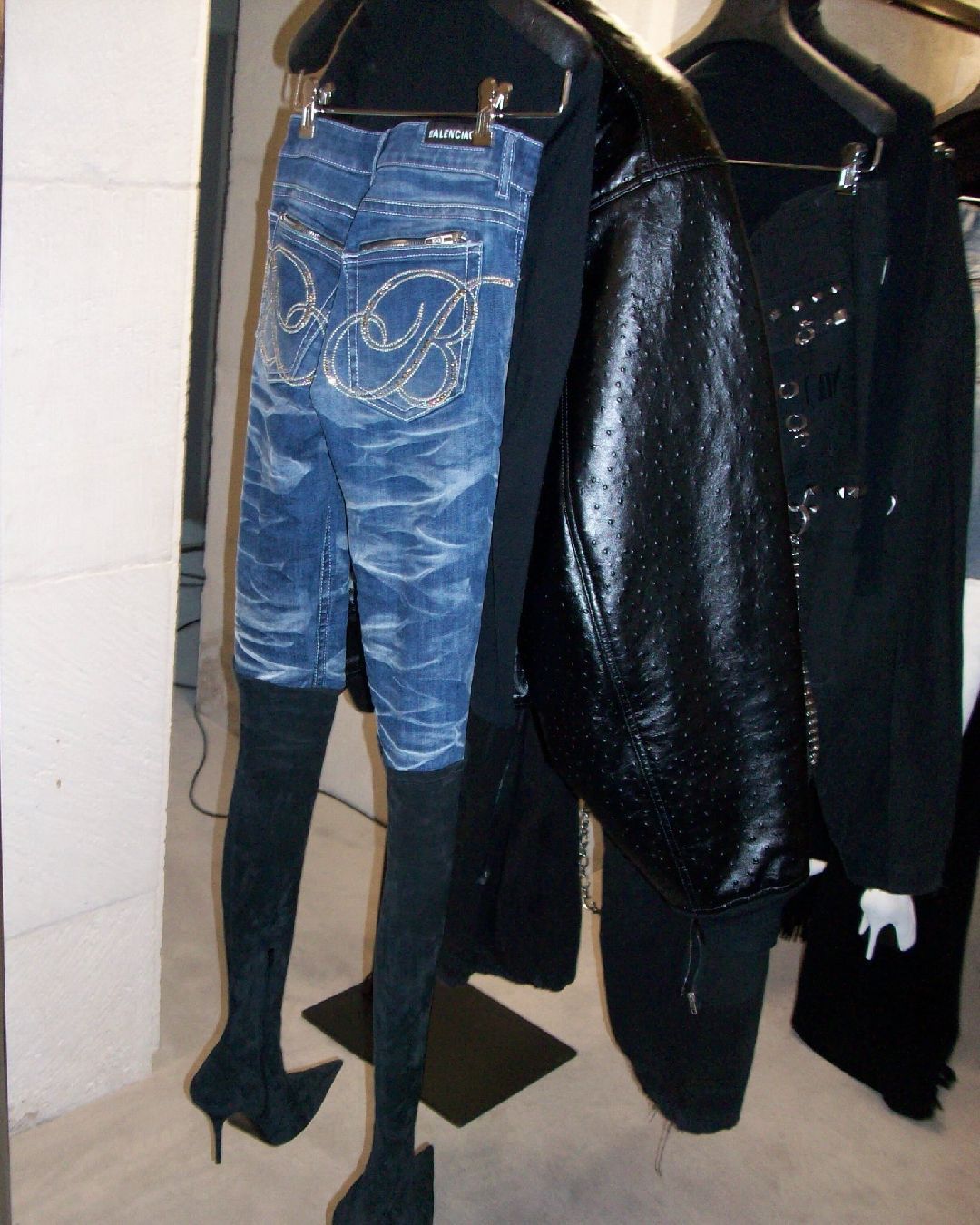
The great return of embroidered jeans Do we still care about to logos?
The embroidery on the back pockets of jeans has always been a point of pride, a sort of badge of honour. Those who grew up in the 2000s will remember the boom of sparkling denim, such as the Chloé with a horse embroidery by Stella McCartney, or the Gucci with colored feathers from the Tom Ford era. Not to mention the DIY floral embroidery, a trend born out of nostalgia for Y2K aesthetics that resurged during the pandemic, when embroidery became a widespread hobby worldwide thanks to tutorials on Youtube and TikTok (today the hashtag embroidery has 1.3 million posts). In recent years, the denim market has experienced a strong expansion. Contributing factors include the return of workwear, with a focus on garments that stand out for durability and utility, experimenting with softer forms and embracing a more androgynous style; but also interest in vintage and the trend of upcycling, an industry where denim becomes a key material precisely because of its durability. Although the embroidery on the back pockets has gradually disappeared, it seems to be making a comeback: leading the way in bringing them back to the runway are Balenciaga, which included the initial "B" designed with sequins on the back pocket of their FW24 denim, and Jean Paul Gaultier with concentric shape embroidery on both pockets, referencing the brand's iconic conical bra.
The history of embroidery on jeans pockets
It is said that the first brand to adopt the practice of embroidering the back of jeans was Levi’s. The iconic eagle embroidery – renamed Arcuate or Crazy Eagle – dates back to 1873. Unfortunately, the origin of the name or the embroidery itself was lost along with the rest of Levi’s archives following the San Francisco earthquake in 1906. Further distinguishing Levi’s back pocket is the famous red tab, which has caused numerous legal controversies. While the embroidery was primarily a recognition symbol, in the '70s, the technique became a radical practice, adopted by hippie communities against mass consumerism. As explained by AnOther Magazine, the hippie technique of customizing their clothes was «a deeply political act, demonstrating how protest can often take the form of needle and thread».
The return of details on denim
Besides Levi’s, among the other historic denim brands, Wrangler also stands out for its legendary “W” stitching. During the 1960s and 1970s, Wrangler back pockets also featured a leather patch with a golden lasso and two classic threads, orange and goldenrod, colors that are still used today to reinforce the seven main areas of a pair of jeans. In recent years, embroidery on back pockets has become increasingly rare, replaced by screen printing as in the case of the Levi’s 501 and 505 jeans from the 1980s. Nevertheless, brands continue to make jeans that include back pocket designs: Diesel places a metal D on the upper right corner of the pocket, while the luxury brand Re/Done uses different types of embroidery on both pockets.










































